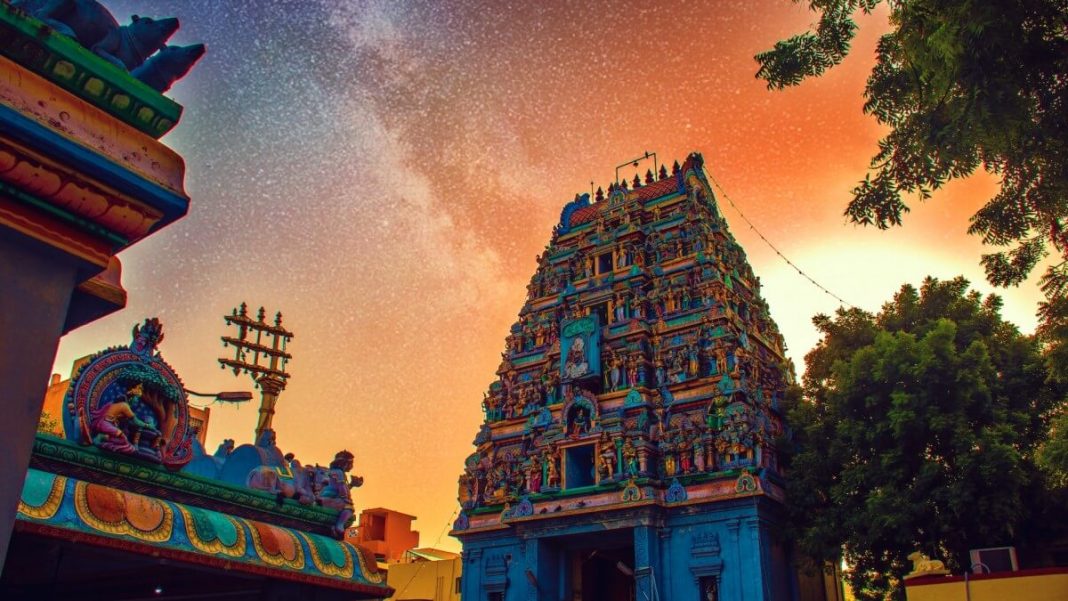Indians are set to become the fourth-largest global travel spenders by 2030, with outbound travel accounting for just one percent of total trips last year, a trend anticipated to persist until 2030, according to a recent report by Booking.com and McKinsey.
In their 2019 research, the top three global travel spenders were the US, China, and Germany, with India ranking sixth, VisaGuide.World reports.
In the aftermath of the pandemic, the urge to embark on post-lockdown travel still lingers among Indians, a trend fading for numerous countries.
The Indian traveler is willing, eager and confident to keep going, traveling near and far in the search for new experiences.Santosh Kumar, Country Manager, India, Sri Lanka, Maldives and Indonesia, Booking.com
Anticipating a total of five billion trips in 2030, the report suggests outbound travel for Indians is projected to be just one percent, translating to a substantial 50 million trips.
Although outbound trips may be at one percent, the study foresees a significant increase in overseas expenditure for 2030, climbing from 25 percent to 35 percent.
It indicates that spending on tourism and travel is expected to reach $410 billion by 2030, marking a remarkable surge of over 170 percent from $150 billion in 2019.
In addition, household spending per capita in the country is projected to outpace other developing Asian economies, including Indonesia, the Philippines, and Thailand, as the workforce continues to expand.
Expected to reach 13 million, households with an income distribution of $35,000 will see a substantial jump from just 2 million in 2020.
Furthermore, over the past decade, more than $200 billion has been invested in improving India’s transportation sector, doubling the number of airports in the country since 2014.
In anticipation of the escalating demand for travel, Indian airlines placed orders for over 1,000 aircraft, which is set to increase the total number of planes to a range of 1,500 to 1,700 units by 2030, as per the report.
Despite increased spending power, Indians still favor domestic travel, with emerging destinations like Varanasi, Coimbatore, and Kochi gaining popularity alongside major cities such as Delhi and Mumbai.
The report underscores an anticipated shift in India’s income pyramid, projecting a sixfold increase in households earning $35,000 annually by 2030.
In addition, Indian travelers prefer multiple short trips over one or two extended vacations annually, explained Chief Executive Officer of Sarovar Portico Hotels & Resorts Jatin Khanna.
They have grown more discerning and experimental in what they want from a trip. They are willing to try unique, authentic, and immersive experiences, often inspired by social media platforms – where they get new ideas and plan their trips.Jatin Khanna, Chief Executive Officer, Sarovar Portico Hotels & Resorts


